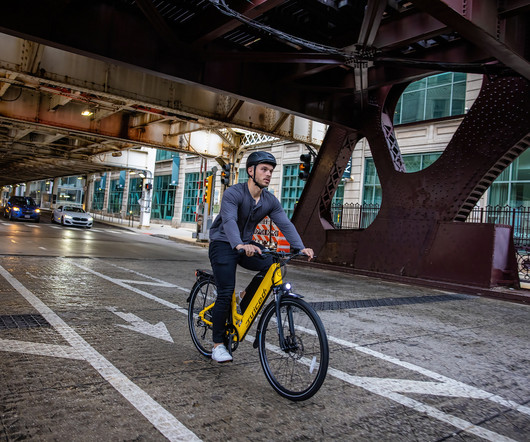How EVs Are Reducing Carbon (CO2) Emissions
Blink Charging
SEPTEMBER 8, 2023
One avenue to combat this crisis is a rapid reduction in carbon emissions from our daily transportation, one of the leading contributors of CO 2 emissions. The upstream, “well to wheel” emissions of the EV are linked to electricity generation and the electrical grid, with lower emissions in regions that use more renewable energy sources.
















Let's personalize your content